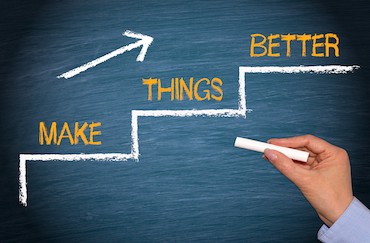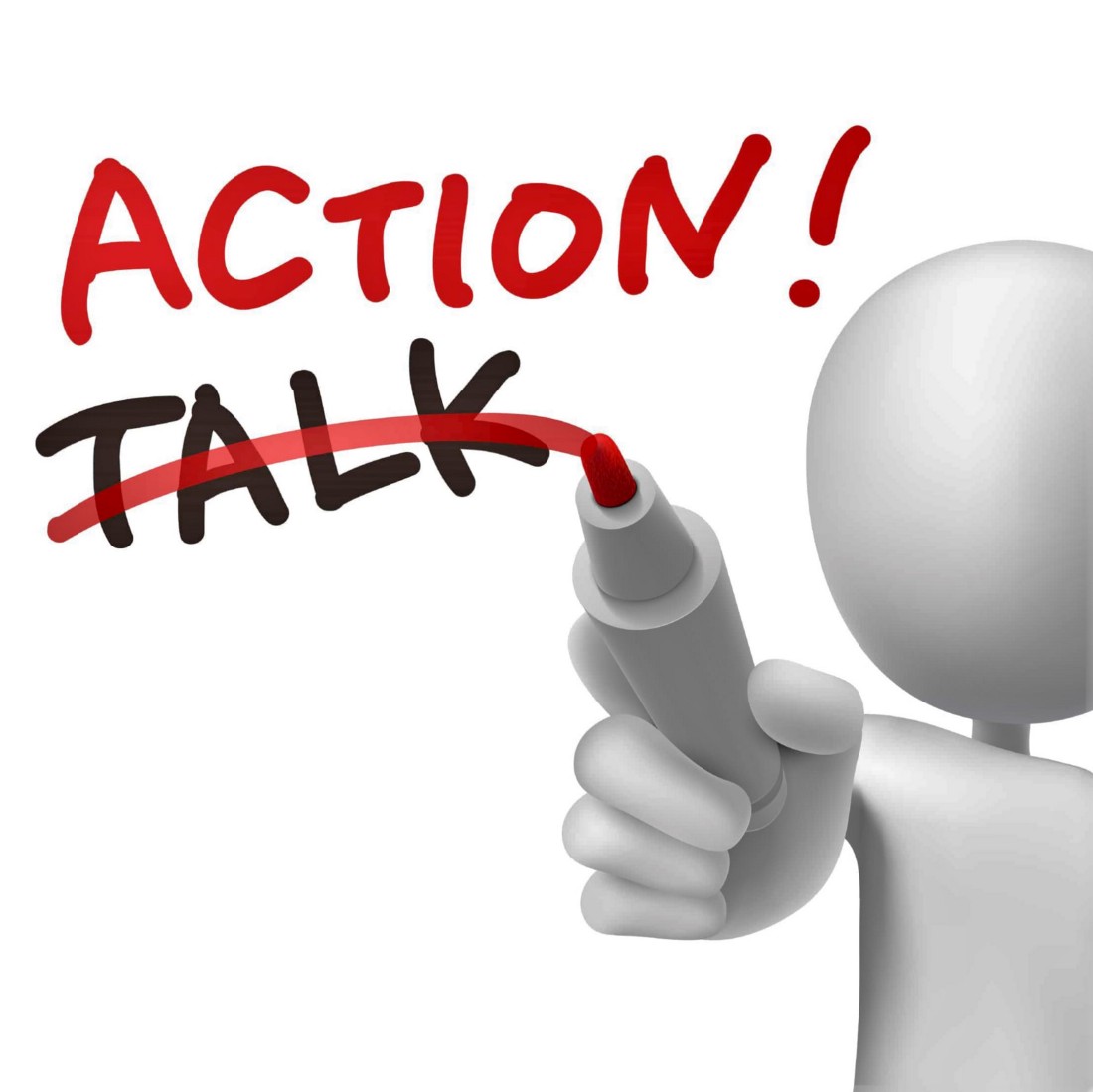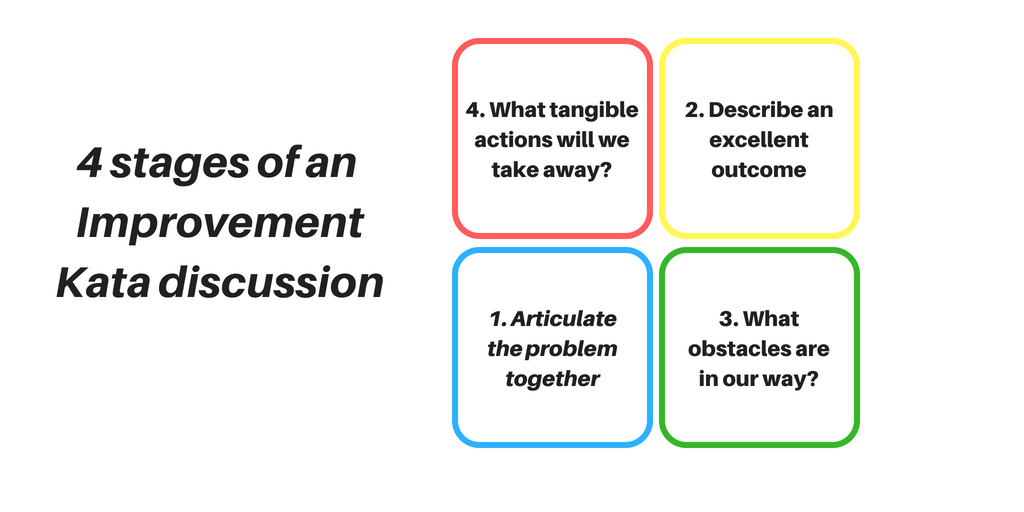
Agile transformation projects can be daunting environments. The environment is generally complex, not only for agile practitioners, but also for everyone in the organisation. As Dave Snowden’s Cynefin complexity framework capably illustrates, the best strategy available in a complex environment is to probe, sense and respond. The improvement kata is a deceptively simple way to probe into complex problems, and to help break them down into actionable steps. In addition, it is a very gentle way of introducing more agile ways of thinking about problems, and it has been very helpful for me in an agile transformation context.
Agile transformation projects have lofty, ambitious goals. At their core, these projects are about helping organisations and teams to learn and improve. The agile manifesto is all about uncovering better ways of doing things, and agile transformation is all about enabling this. For agile practitioners, there are many facilitation tools available with which we can tackle complex problems, help teams and organisations to learn, and improve, moving forward one step at a time.
This post is about one of them: the improvement kata.
“We are uncovering better ways of developing software by doing it and helping others do it” (http://agilemanifesto.org/)
The Toyota improvement kata is a discussion facilitation technique with problem solving and continuous improvement at it’s core. It has many forms and variations, and the purpose of this post is to describe my own experience with one variation. Apologies in advance if this variation is not strictly following the guidebook, but it worked for me, and it might also work for you.
I used an improvement kata twice this week. Once to facilitate a single team discussion, and another time to help with a cross-team workshop. In both cases, the technique helped the room remain focussed, helped develop shared understanding and learning, and most importantly, led us to tangible actions for improvement.

0. Preparation
This technique is deceptively simple. It involves separating the discussion into four discrete phases, but there are no hard and fast rules for how much time to allocate to the discussion, or indeed to each section. If you are the facilitator, you will need to estimate that out yourself on a case-by-case basis. For example, my single team discussion took around 45 minutes. The cross-team discussion took 90. Use a best guess for your own situation.
Before the session, you need to make doubly sure that you can get the right people into the room, all at the same time. This is absolutely critical. However, if the positive intentions of the discussion are made clear to everyone involved, participation should naturally follow.
In addition, it’s helpful to ask participants to build a context to the problem. You might want to facilitate a preliminary brainstorming session yourself. (aka ‘refinement’) Alternatively, a suggestion box could be used for anonymous feedback.
With the cross-team workshop, one team met separately before the workshop, discussed the problem, and produced a word document summarizing their own description of the problem. This was completely awesome, as it meant we could circulate that in advance of the meeting and hit the ground running in the workshop.
Where you meet to discuss, you’ll need a large whiteboard or flip chart, and you’ll need to be able to write relatively quickly to capture the discussion.
Divide your whiteboard or flip-chart into four sections, like this:

The meeting broadly has four steps…
1. Articulate the problem together
The first step of the improvement kata is to encourage participants to articulate the problem. We need to be able to simplify our language, and describe the one issue that we are here to resolve. Cross-team communication for example. I put this description in the bottom left corner.
2. Describe the best possible outcome
Next, we ask the room to articulate the best possible outcome that we could expect from our actions. In other words, if we assume unlimited resources, and we have all the help and time we need, what would an excellent outcome look or sound like?
If the problem has been articulated clearly, then the awesome outcome should follow in a relatively straight-forward way. But this part is really at the core of the kata, in that it encourages a change in thinking. We’re not discussing problem resolution now, we’re discussing how to be more excellent. The target has shifted from ‘how do we put out this fire?’ to ‘how do we make things great?’
3. What is preventing us from achieving this excellent outcome?
The next topic is obstacles, and I put these in the bottom-right section.
Now that we all understand the problem we’re trying to solve, and we all agree on the most excellent outcome from our resolution, why can’t we make this excellent outcome happen? This list will lead naturally into the last section.
4. Next steps, or tangible actions
In my experience, the suggestions for actions started really flowing once we had the shared understanding of the first three pieces. We’ve defined a problem, we’ve set our target, and we understand the obstacles. Ok, now we talk about breaking down those obstacles and taking small steps to improve the situation.
5. When shall we meet again?
Last suggestion! Taking away actions for improvement is one thing, but we need to follow up on those actions if the improvement kata is to have any real meaning.
Booking another discussion to review progress on actions will sharpen focus on individuals to deliver on promises. However, given that these suggestions have come from individuals in the room, we should be able to at least bank on ownership and involvement in the process.
As an opening gambit, perhaps getting the same group together, one month on, will allow progress to be reviewed against the actions taken.
To recap, the Toyota improvement kata is a discussion facilitation technique, with problem-solving and improvement at it’s core. While not every problem can be a nail for this hammer, it is a very useful facilitation technique for agile practitioners. It makes great use of time, involves the right people in the discussion, focuses those involved on positive outcomes and is action-oriented towards improvement, one small step at a time.
In addition, the improvement kata is all about individuals and interactions, people working together to visualise excellent outcomes, to uncover better ways of doing things, and to work steadily towards those, one step at a time.
I believe it is a useful tool for agile practitioners in any environment, but it is also a very gentle way to introduce business teams to an agile mindset, and can be very useful in an agile transformation context.
What are your thoughts on this post? I’d love to hear your feedback on whether you thought it was useful. Let me know, be great to get some discussion going.

